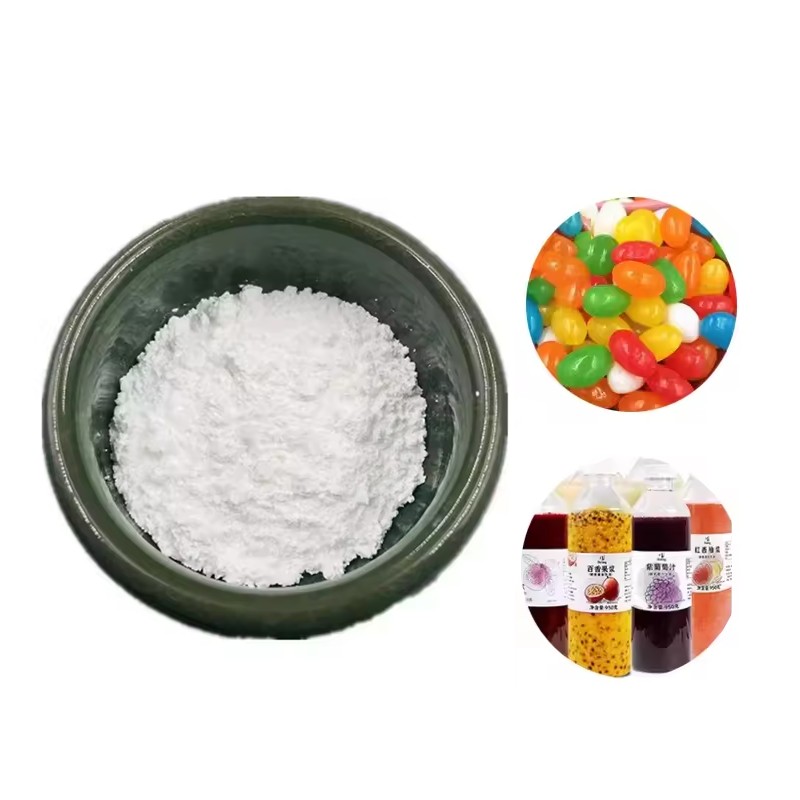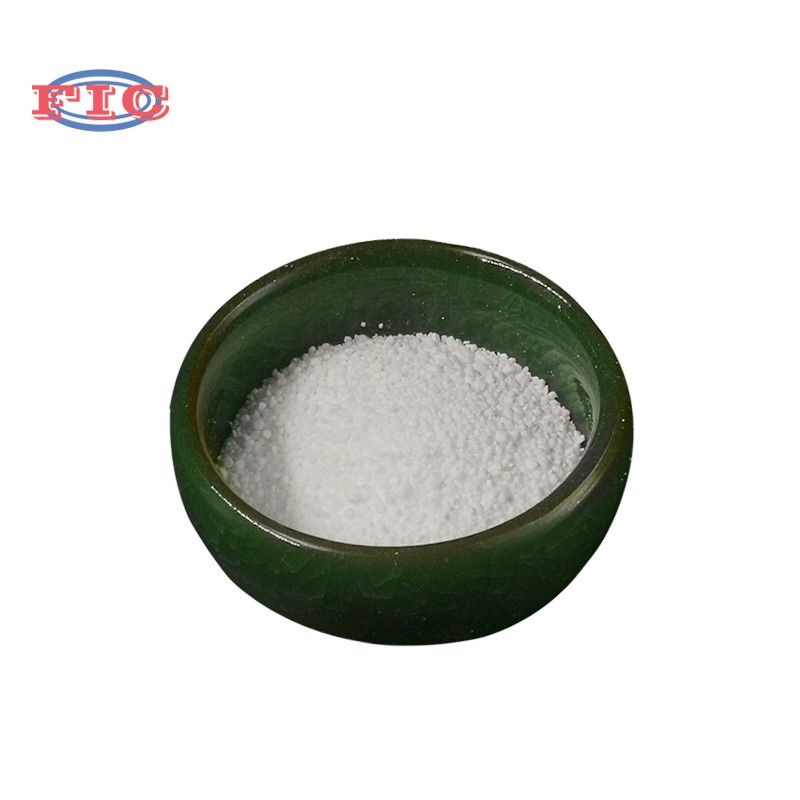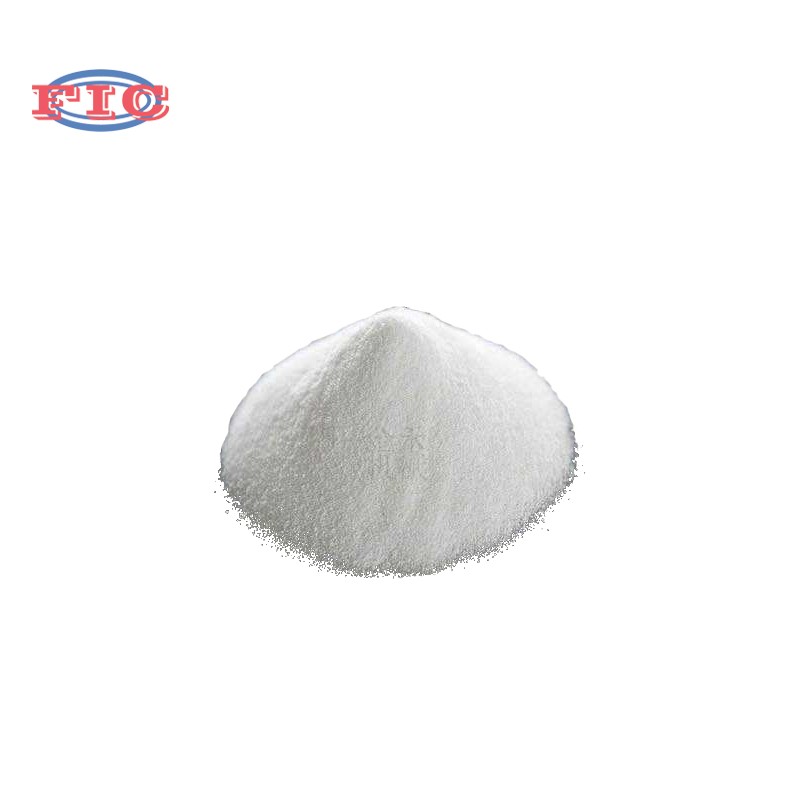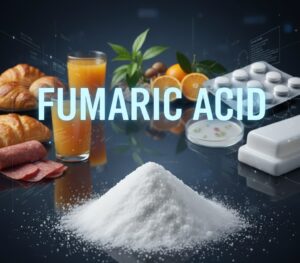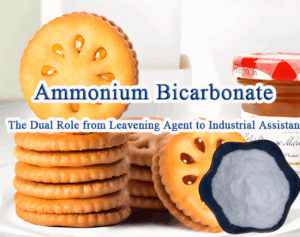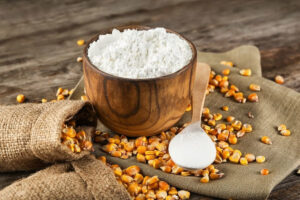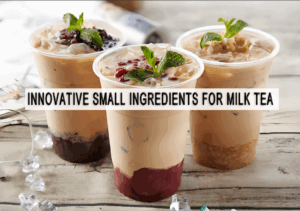In the world of food production, preservatives play a crucial role in extending the shelf life of products and maintaining their quality. While there’s often a misconception that all preservatives are harmful, many are safe when used within approved limits. Let’s explore five common food preservatives: benzoic acid and its salts, sorbic acid and its salts, propionic acid and its salts, dehydroacetic acid and its sodium salts, and natamycin.

Benzoic Acid and Its Salts
Sodium benzoate is often found in many foods. Benzoic acid is a simple aromatic carboxylic acid. Its salts, primarily sodium benzoate, are common in the food industry. These substances work by disrupting the cell membranes of tiny organisms. They also block important enzyme systems. This effect is strongest in acidic environments. There, the benzoic acid isn’t broken down, letting it pass through cell walls easily. Therefore, sodium benzoate is particularly effective in acidic environments and is often found in products such as soft drinks, juices, pickles and jams.
When consumed in moderation, benzoic acid and its salts are generally recognized as safe (GRAS) by regulatory agencies. However, mixing it with vitamin C (ascorbic acid) can be risky. Under specific conditions, like the presence of metal ions, heat, or light, this mixture might form benzene. Benzene is a substance known to cause cancer. That’s why manufacturers must carefully control how much of these substances they use. They also have to follow the maximum limits set by food safety regulators in different countries, like the Food and Drug Administration. This all helps keep consumers safe.
Sorbic Acid and Its Salts
Sorbic acid and its potassium salt, potassium sorbate, are popular and effective food preservatives. They combat a wide range of microorganisms, including molds, yeasts, and some bacteria, and are commonly found in baked goods, cheese, wine, and processed meats. These preservatives work by interfering with microbial cells’ internal processes, entering the cell to inhibit key enzymes crucial for growth and reproduction, effectively stopping spoilage. A significant advantage of sorbic acid is its low toxicity and excellent compatibility with most food ingredients. Our bodies metabolize it safely, similar to fatty acids, making it a reliable choice for food preservation. Like all additives, its use must comply with strict regulatory standards to ensure consumer safety and prevent overexposure.
Propionic Acid and Its Salts
Propionic acid and its salts, such as calcium propionate and sodium propionate, work primarily to inhibit the growth of mold and certain bacteria. They do this by interfering with the metabolism of these microorganisms. Specifically, the propionic acid molecule enters the microbial cell and disrupts key enzyme systems, inhibiting their absorption of essential nutrients, effectively preventing its growth. Food companies often add these substances to products such as bread, buns, and pastries. This often inhibits mold growth in these foods and extends their shelf life.
Consumers can consume these preservatives safely. The human body metabolizes them like normal food ingredients. The food industry has been using propionic acid and its salts for many years. They have a long track record of ensuring food safety without posing significant health risks.
Dehydroacetic Acid and Its Sodium Salts
Dehydroacetic acid and its sodium salts are potent, broad-spectrum preservatives that inhibit microbial growth by disrupting cell functions and key enzymes. Effective in various foods like dairy and canned goods, they offer a wider pH range of activity compared to benzoic acid (which excels in acidic conditions and carries a slight benzene risk with vitamin C). Unlike propionic acid (primarily for molds in baked goods), dehydroacetic acid’s broader spectrum targets more bacteria. Approved in many countries, their use is strictly regulated with maximum concentration limits to ensure consumer safety and extend food shelf life.
Natamycin
Natamycin, also known as pimaricin, is a powerful, naturally occurring antifungal agent produced by certain strains of Streptomyces natalensis, a type of bacteria found in soil. It’s incredibly effective at stopping molds and yeasts but has little impact on bacteria, making it ideal for specific applications like cheese production, where manufacturers apply it to the surface to prevent mold growth without altering the cheese’s taste or texture. Many consider natamycin a more “natural” preservative choice due to its origin, and regulatory bodies generally classify it as safe for consumption, citing its low toxicity and minimal absorption by the body. However, like all food additives, authorities still set specific usage limits to ensure ongoing safety. In conclusion, natamycin, alongside other common food preservatives, plays a crucial role in modern food production. When producers use them responsibly and within regulatory guidelines, these additives significantly enhance food safety, reduce food waste, and allow consumers to enjoy a wide variety of products with a reasonable shelf life, empowering them to make more informed choices about the foods they purchase and consume.

